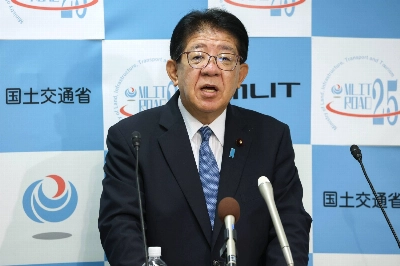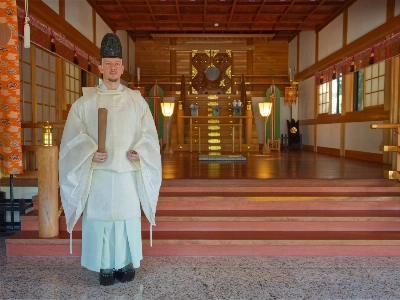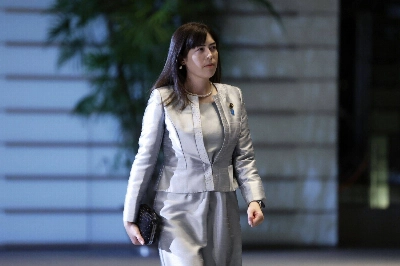South Korea's Lotte Group is to construct the tallest building in the world -- nearly one-third as tall again as the highest building in Japan, the Landmark Tower in Yokohama -- at a cost of some 1.2 trillion won, over $1 billion.
The ground-breaking ceremony is scheduled for later this month and it is anticipated that the 464.5-meter tower, to be erected in the city of Pusan at the southernmost tip of South Korea, will be open by for business by November 2005. In comparison, the Landmark Tower stands a mere 291 meters tall.
The 107-story building, to be named Pusan Lotte World, will tower over the World Trade Center in New York, which stands 410.5 meters high, and surpass the 88-story Petronas Towers in Kuala Lumpur, which is at present the world's tallest building, at a height of 452 meters.


















With your current subscription plan you can comment on stories. However, before writing your first comment, please create a display name in the Profile section of your subscriber account page.